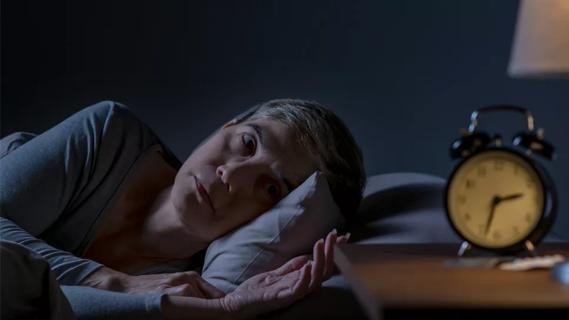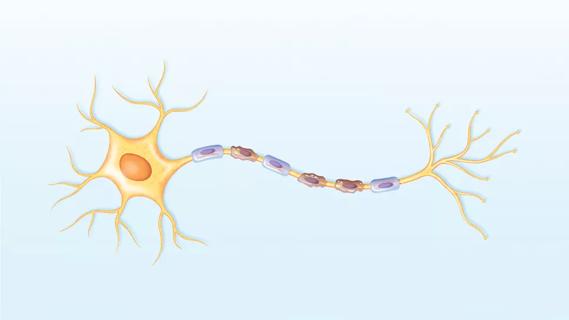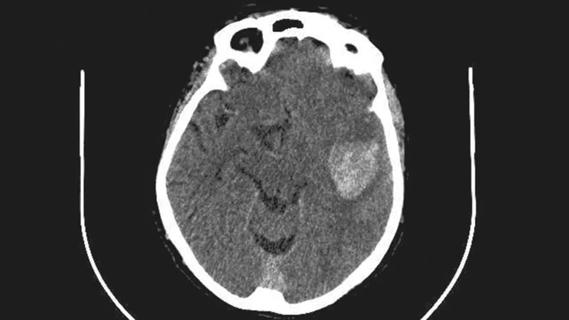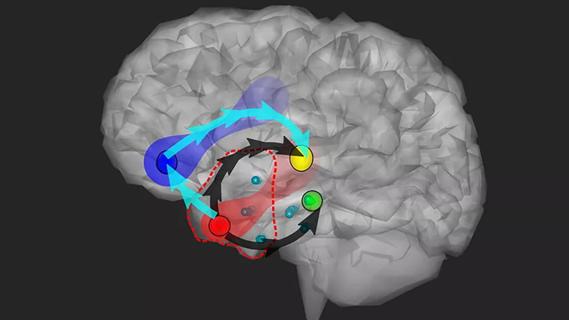Amitriptyline and topiramate had adverse side effects

A randomized, double-blind trial on the use of two drugs commonly used to treat migraine headaches found similar efficacy to placebo in reducing headaches in children and adolescents but significantly more side effects. These findings of the Childhood and Adolescent Migraine Prevention (CHAMP) trial were published in the October 27, 2016, issue of the New England Journal of Medicine.
Cleveland Clinic is a non-profit academic medical center. Advertising on our site helps support our mission. We do not endorse non-Cleveland Clinic products or services. Policy
“Until now, there has been no good evidence that children with migraines benefit from drugs used for the same condition in adults,” says Ethan Benore, PhD, Cleveland Clinic psychologist and Director of Outpatient Services in the Center for Pediatric Chronic Pain. “The CHAMP trial was very well designed and answers many questions.”
More than 300 children and adolescents with migraine aged 8 to 17 years participated in the study, which was conducted at 31 sites in the United States, including Cleveland Clinic. Participants were randomized to either daily amitriptyline (target goal, 1 mg/kg), topiramate (target goal, 2 mg/kg) or placebo. Doses were increased over a period of eight weeks until the target was reached. The total treatment period was 24 weeks.
The primary endpoint was a 50 percent reduction in headache days over the last 28-day period of the trial compared with the baseline 28-day period, based on a daily headache diary kept by participants. Secondary outcomes included headache-related disability, number of headache days and serious adverse events.
No significant differences were found for the primary outcome among the arms, which occurred in 52 percent of those taking amitriptyline, 55 percent in the topiramate group and 61 percent in the placebo group. Likewise, no significant differences were found for secondary outcome benefits among treatment arms.
However, rates of adverse events did differ significantly. More fatigue and dry mouth occurred in the amitriptyline group versus placebo, and more paresthesias and weight loss in the topiramate group versus placebo. Three patients in the amitriptyline group had altered mood, and one patient taking topiramate attempted suicide.
The study was ended early owing to futility in finding that either medication was more effective than placebo over a period of 24 weeks.
The high placebo response found in the study was similar to rates reported in other headache and pain trials. Reasons for this have never been well-explained, according to A. David Rothner, MD, Director of the Pediatric/Adolescent Headache Program at Cleveland Clinic.
“We have known for years that placebo is a powerful tool,” Dr. Rothner says. “We cannot literally provide a placebo pill in practice but I do try to employ the effect by other means.”
Dr. Rothner explains that he reassures patients with migraines that they do not have a life-threatening disease and that they will get better by following a prescribed treatment plan.
Dr. Rothner often recommends the following for patients with chronic migraines:
He also refers patients to Dr. Benore and his colleague, Kate Eshleman, PsyD, of the Center for Pediatric Behavioral Health, for a program of evidence-based behavioral treatment, which targets daily health behaviors, and relaxation and stress management training.
Dr. Rothner also judiciously prescribes medications for some patients, which, he points out, are effective in more than half of patients, as confirmed by the CHAMP trial.

Large cohort study suggests need for routine sleep screening as part of neurological care

Early experience with the agents confirms findings from clinical trials

Determining the right dose and injecting in the right muscle can be challenging

ENRICH trial marks a likely new era in ICH management

Study combines intracranial electrophysiology and SPECT to elucidate the role of hypoperfusion

New research sheds light on a potentially devastating condition that is reversible when properly managed

Testing options and therapies are expanding for this poorly understood sleep disorder

Real-world claims data and tissue culture studies set the stage for randomized clinical testing